Transporting heavy machinery requires careful planning, specialized equipment, and adherence to safety standards. Whether moving construction, agricultural, or industrial equipment, ensuring efficiency and security is crucial. This guide will provide you with essential tips to optimize machinery transport and prevent costly delays or damages.
1. Plan Ahead for a Smooth Transport Process
Proper planning minimizes risks and ensures a seamless transport experience. Consider factors such as:
- The type and size of machinery being transported
- The distance and route, including any road restrictions
- The best transport method based on machinery specifications
2. Choose the Right Transport Equipment
Selecting suitable transport vehicles is key to a safe move. Common options include:
- Flatbed Trucks: Ideal for standard-sized equipment
- Lowboy Trailers: Suitable for oversized loads with height restrictions
- Multi-Axle Trailers: Designed for extremely heavy machinery
3. Follow Proper Loading and Securing Techniques
Improper loading can lead to accidents and damages. To ensure safety:
- Use appropriate lifting equipment such as cranes or forklifts
- Secure the machinery with heavy-duty straps and chains
- Distribute weight evenly to maintain stability
4. Verify Legal Compliance and Permits
Heavy machinery transport is subject to local, national, and international regulations. Ensure:
- The transport company has the necessary permits
- Compliance with weight limits and road safety laws
- Adherence to customs clearance if crossing borders
5. Implement Safety Measures
Safety should be a top priority to prevent accidents. Key safety measures include:
- Conducting pre-transport machinery inspections
- Ensuring proper labeling and hazard markings
- Training personnel on safe handling procedures
6. Consider Cost-Effective Transport Solutions
Transport costs depend on various factors such as fuel prices, route distance, and additional services. To manage costs:
- Compare quotes from multiple transport providers
- Optimize route planning to reduce fuel consumption
- Consider consolidated shipping for multiple machinery pieces
7. Utilize Real-Time Tracking and Communication
Modern transport providers offer GPS tracking to monitor shipments. Stay updated by:
- Using real-time tracking tools
- Communicating with the transport team for updates
- Addressing unexpected delays promptly
8. Partner with a Reputable Transport Provider
A professional transport company ensures a hassle-free experience. Look for:
- Extensive experience in machinery transport
- Positive customer reviews and proven track record
- Comprehensive insurance coverage for added security
Final Thoughts
Safe and efficient machinery transport requires proper planning, the right transport equipment, and strict adherence to safety regulations. By choosing a reliable transport provider and following these expert tips, you can ensure smooth and damage-free heavy equipment transportation.
For top-tier machinery transport solutions, trust industry experts who specialize in handling heavy-duty logistics with precision and care.
